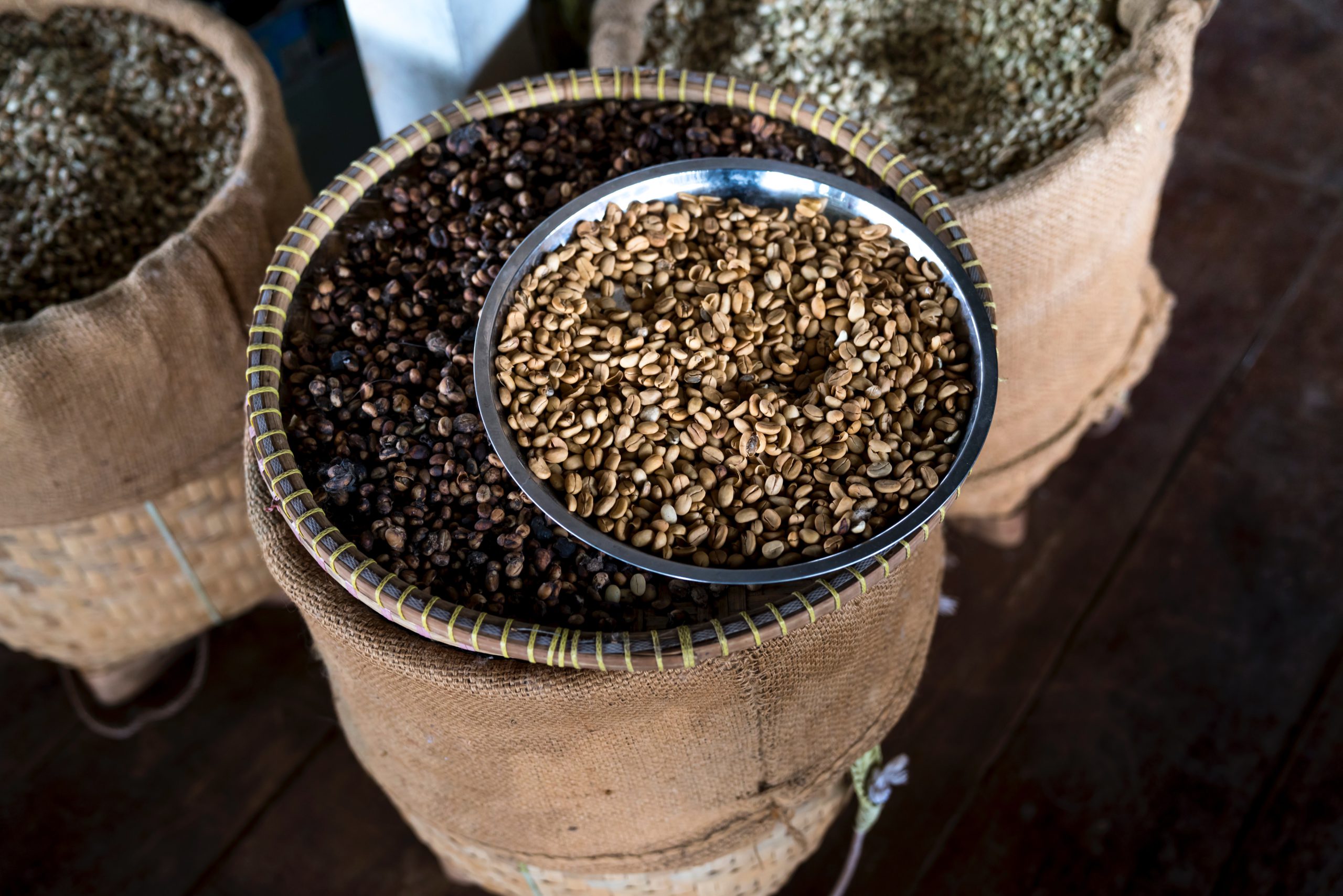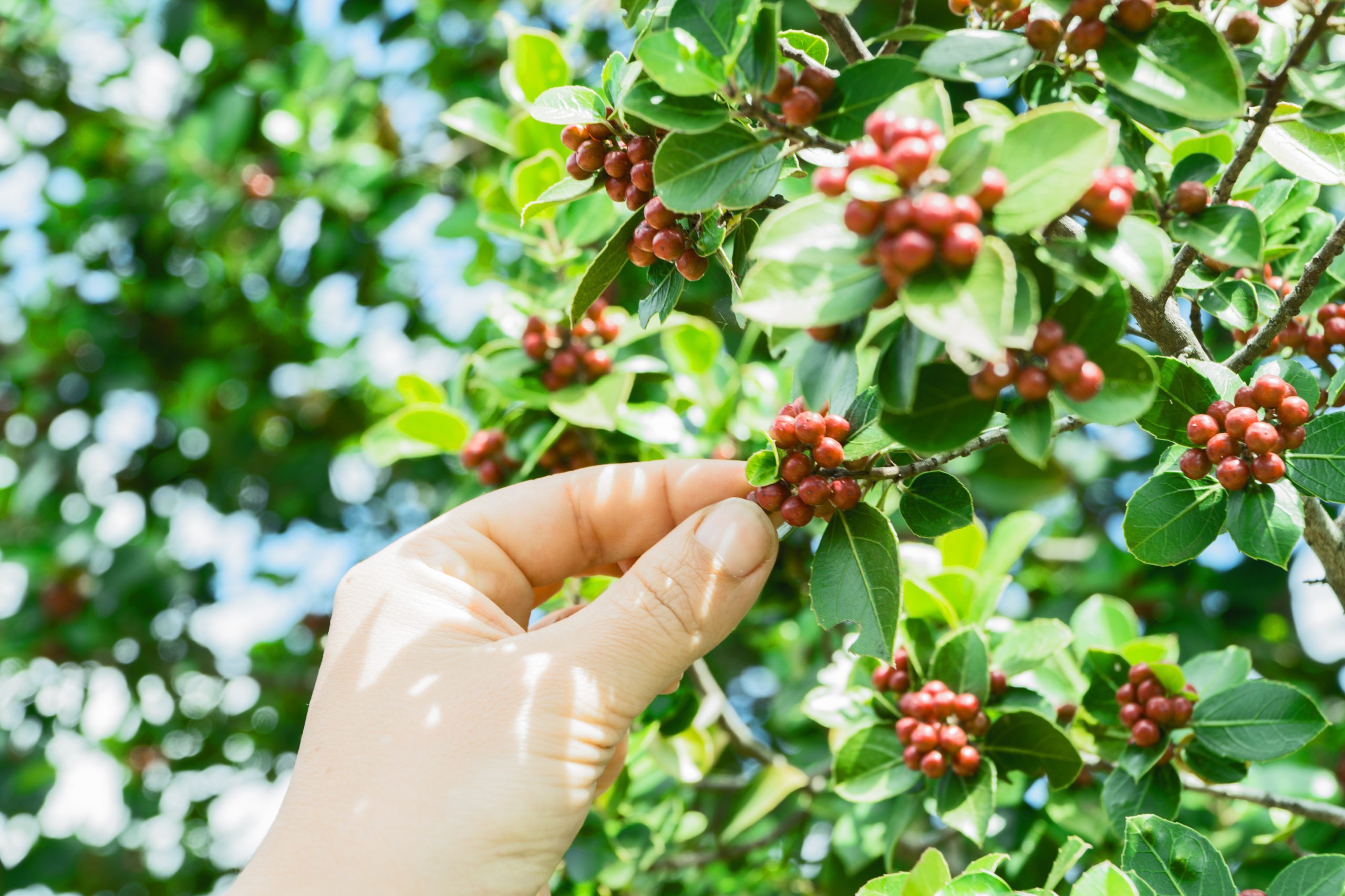
If you are really interested in experiencing all of the unique flavour notes of coffees around the world, then explore the vast world of single origin coffees, with all of the many different regions from which they originate. Let us look broadly at how the major coffee-growing regions in the world create an amazing variety of coffee flavours.
When you are able to isolate the specific growing regions and flavour notes you like, you will be able to use that knowledge to find other single origin coffee beans or coffee blends you enjoy. For example, a single-origin Brazilian coffee could mean coffee beans that come from across the country, even though growing regions vary in climate or production processes. If coffee is labelled as single-origin or single-source, this means that it comes from a single country, region, harvest, or grower, and it bears unique flavour notes of its growing locale.
The meaning is usually simplified to a coffee sourced from a single producer, crop, or region within a country. The beans may also be beans sourced from exactly the same crop, farm, or estate, but that is often shortened to describing a single farm or single estate coffee. Single-origin coffee usually means coffee grown within a single country, however, you can take it deeper than this, up to a single estate coffee as its name suggests, it means that the beans are grown on a single farm.
When looking at the labels for single origin coffee, you will notice a list of padlocks, lots, estates, or micro-lots where coffee is grown. So there could be a fair amount of variation in terms of where *exactly* the coffee was grown (and what kind of conditions caused that flavour), so some coffee roasters looking for specific flavours will choose to narrow down their
research to Single Estate or Single Farm. Single origin coffee allows the drinker to experience unique notes originating from the place where the beans were grown; and ultimately, will be able to recognise differences in flavour depending on its origin.
Before getting into the nitty-gritty of what single origin coffee is, you need to know that the reason people are so obsessed with their coffee’s origins in the first place is that the environment in which a bean is grown ultimately has an effect on the way the coffee tastes. Knowing where your coffee comes from is important, as the location where coffee is grown will greatly influence how the brew tastes. Knowing which types of coffee should be blended together for a perfect mix is a rare skill and requires an in-depth knowledge of different types of coffees from different regions.

Because the beans in a bag are all from the same farm, unique flavours and characteristics are truly evident, instead of being kind of flattened by having coffees from different regions or countries. While that might seem less ideal to a coffee drinker, it is actually a good thing, as it means that you get to taste flavours and characteristics from different regions of the world, and blends are usually cheaper than single-origin coffees, so going with whole-bean blends can save you a bit of money. While this may sound less than ideal for the coffee drinker, this is actually great because this means that you are able to experience the flavours and characteristics of coffee from different regions around the world, and blends are often less expensive than single-origin coffee, so going with whole bean blends could save you some money. Whatever your preferences are, be they single-origin or blended, you are well on the path to coffee nirvana if they are fresh, high-quality coffee.
In fact, single origin coffee beans may taste like blueberries, chocolate, cinnamon, earthy flavours, or floral notes depending on which region it is sourced from. Because Mexican origin coffees are relatively mild tasting notes, they generally provide the ability to incorporate other complimentary flavours and spices. If we are going to summarise a Mexican origin coffee’s flavour profile, a noticeable nuttiness, chocolatey notes, with mild caramel notes are common across a number of Mexican varieties.
South American origins such as Colombian and Brazilian coffees are more muted in flavours, and are better suited to people who prefer smooth-drinking coffee, whereas Central American ones such as Costa Rican, Salvadoran, and Guatemalan coffees are brighter and more acidic. African origins such as Ethiopian coffees (Sidamo and Yirgacheffe) and Kenyan coffees tend to have more earthy and citrusy flavours, and are often considered among the world’s best. In contrast with coffees from Burundi, beans from Myanmar (formerly Burma) tend toward crisp, cola-like acids and a fascinatingly complex flavour profile.
Read about exotic coffee arabica flavours, aromas, acids, tastes, bodies, and other distinct characteristics that are unique to each coffee, from all coffee-producing countries around the world. In an economy in which consumers are buying a brand’s story, rather than the product itself, knowing where your roast or coffee beans come from gives consumers a path of support and reassurance of quality, as they know how the crops themselves are grown and processed. So to buy single origin coffee with the best quality, specific understanding about coffee will be necessary.
